
via Chrome Unboxed – The Latest Chrome OS News https://ift.tt/2ZZuUgW

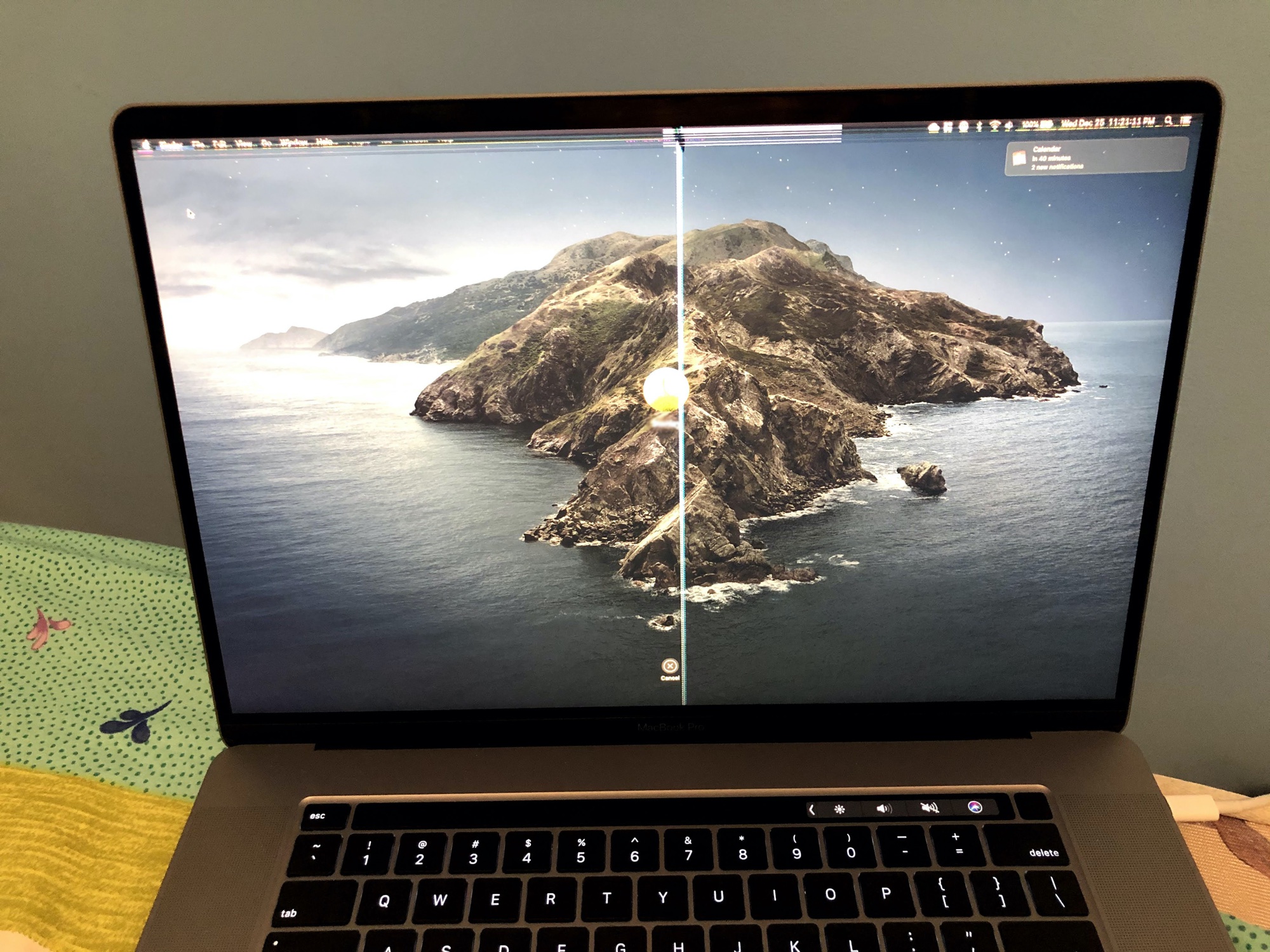
If you close your Mac notebook with a camera cover installed, you might damage your display because the clearance between the display and keyboard is designed to very tight tolerances. Covering the built-in camera might also interfere with the ambient light sensor and prevent features like automatic brightness and True Tone from working. As an alternative to a camera cover, use the camera indicator light to determine if your camera is active, and decide which apps can use your camera in System Preferences.The warnings from Apple likely stem from complaints from MacBook Pro owners who have seen their displays crack after covering the camera, and there are multiple reports and warnings on sites that include MacRumors and Reddit. The issue appears to be especially bad with the new 16-inch MacBook Pro models that have thinner bezels.

The latest MBP 16 inch with the thin tiny bezels and display comes at a cost of breakage with the tiniest of forces with a webcam cover in place. The internal display no longer works and I've had to connect it to an external display. I've had one of the exact same webcam covers on my 2011 MBP with no issues whatsoever for many years.Damage from applying a webcam cover to the camera is considered accidental and can be repaired under AppleCare+, but it's quite possible it's an issue that Apple won't fix for customers that don't have AppleCare+, and it's an expensive fix.
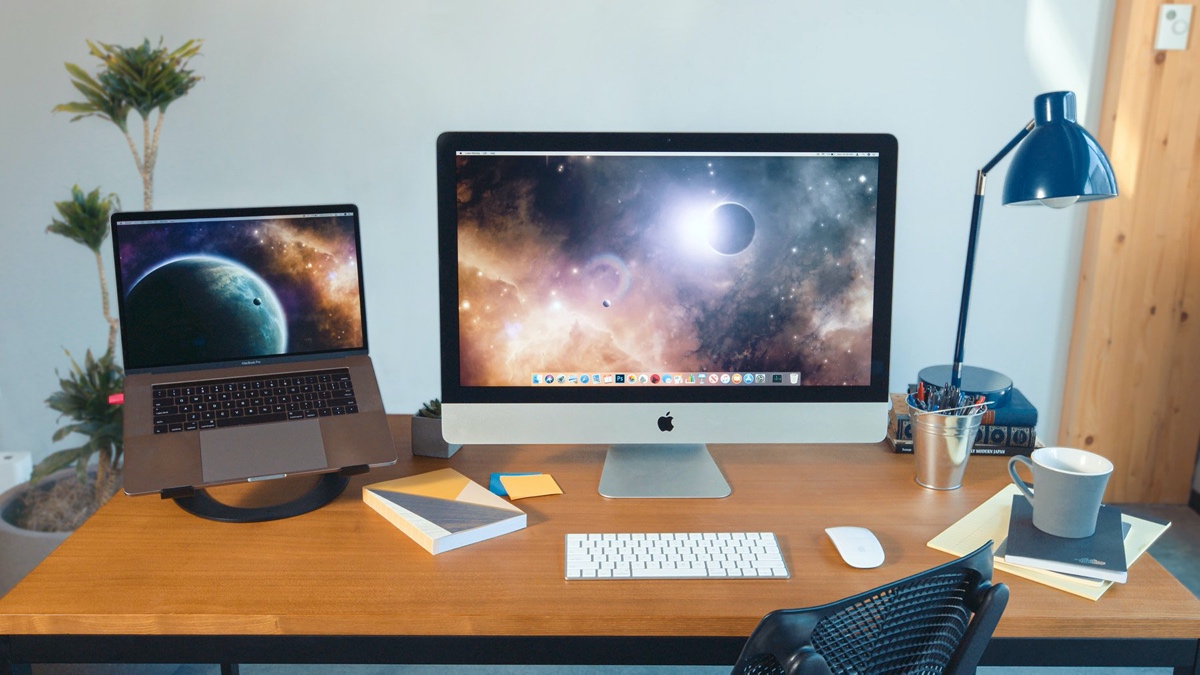

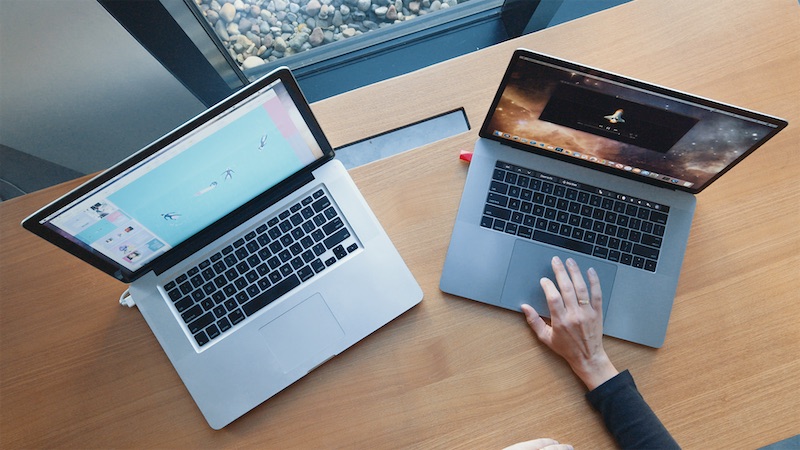

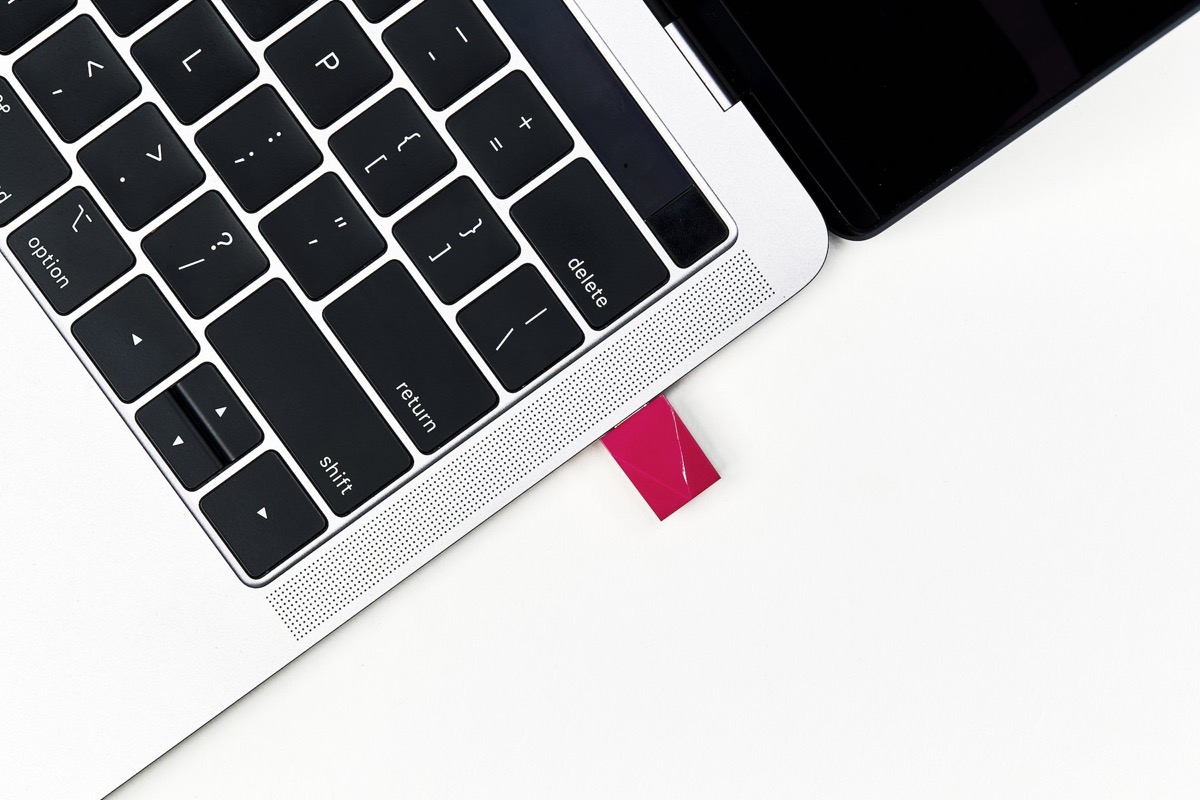


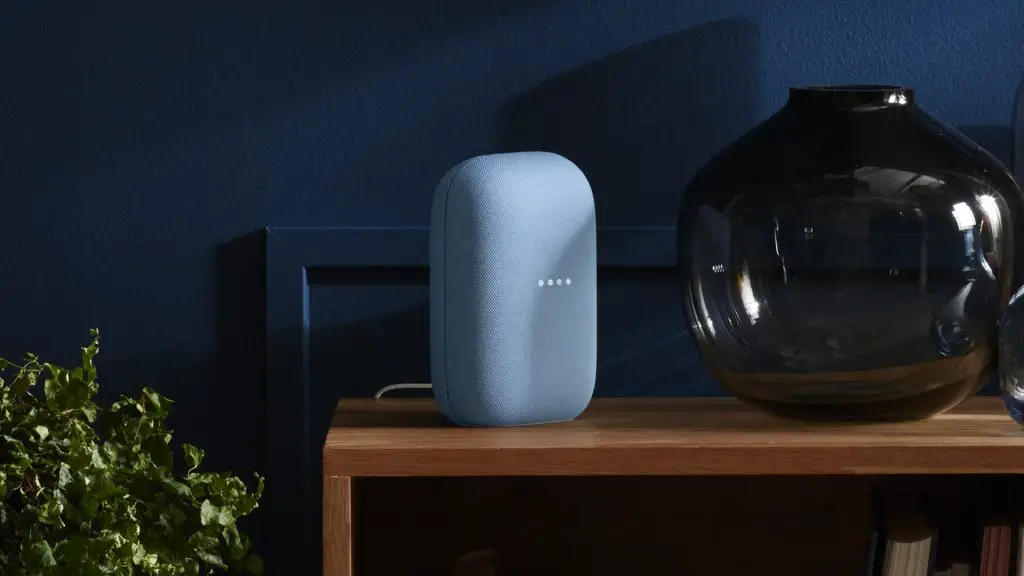


Apple is developing the lenses on a single production line at a Foxconn factory in Chengdu in southwestern China, where most of Apple’s iPad production is centered, the person said.The report indicates that the lenses (and thus the headset itself) are still at least a year or two away from mass production, and various rumors have pointed toward a launch around 2022.
Apple has multiple phases in the development of new products, starting with periods of prototyping in California and China, during which it makes dozens and hundreds of units, respectively, of the products and their parts. As of May, the lenses had entered a stage known as engineering validation test, or EVT, during which Apple typically makes thousands of units, said the person familiar with the matter. During that period, Apple has locked down the design and begins testing its suitability for mass production.